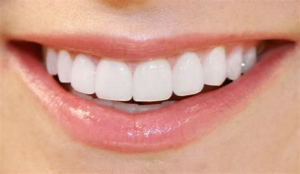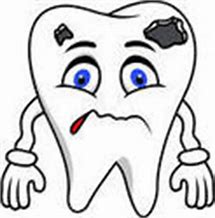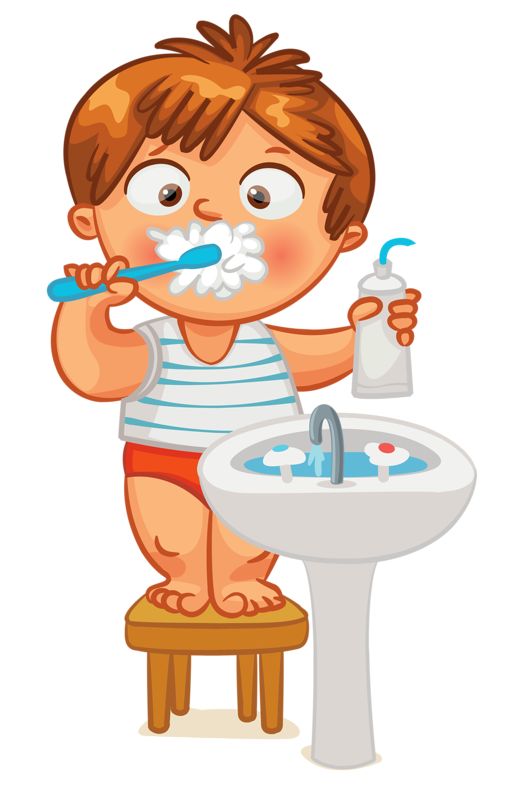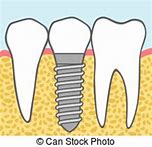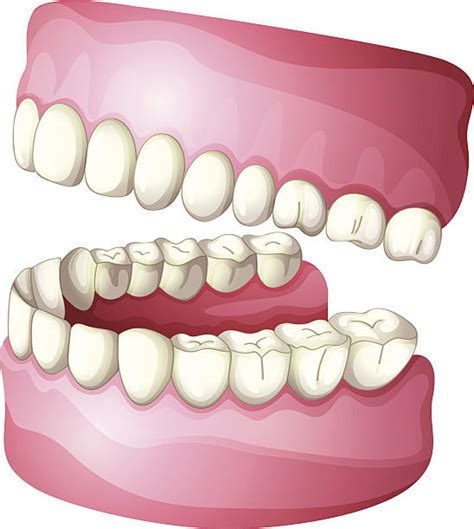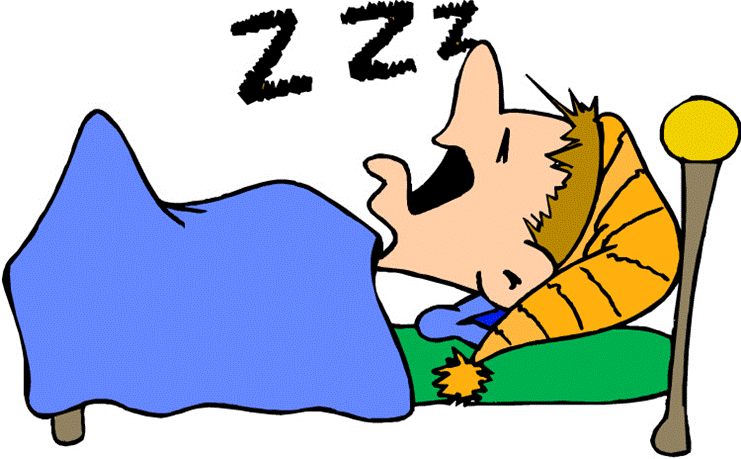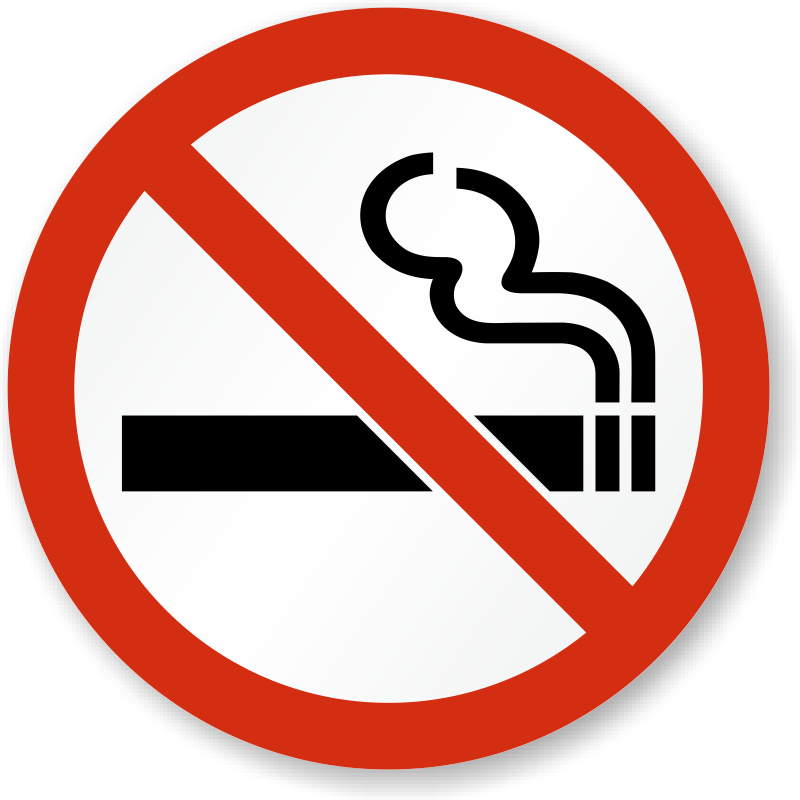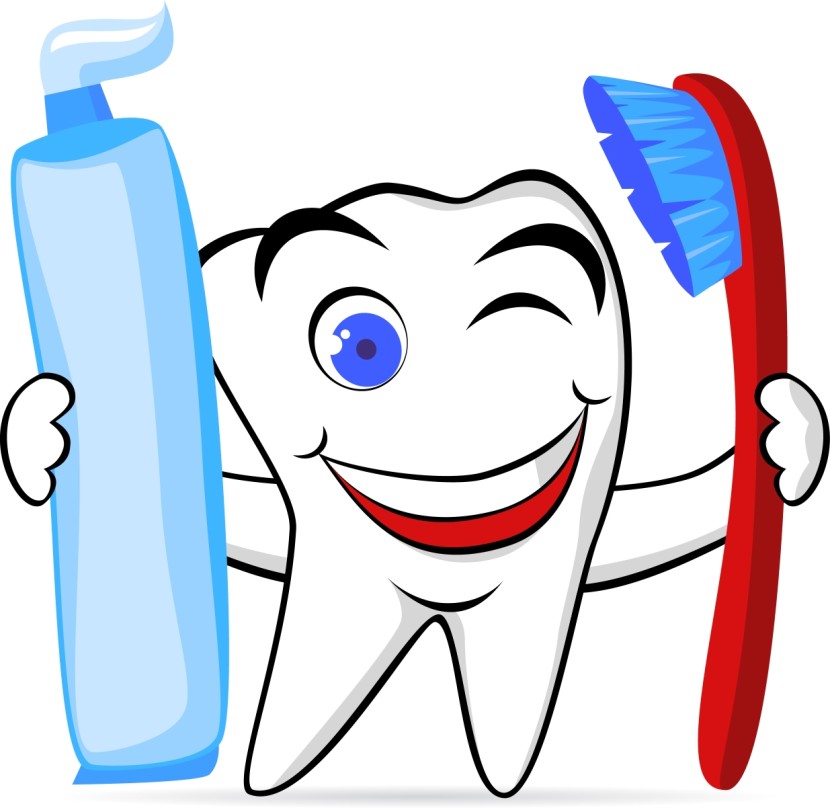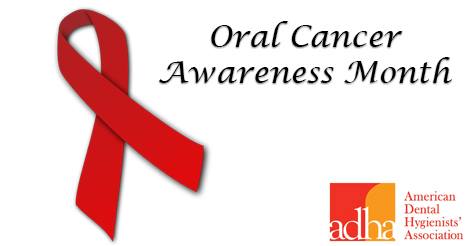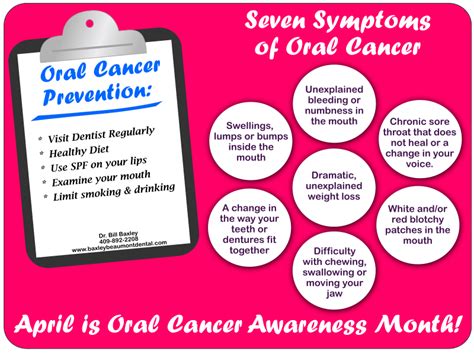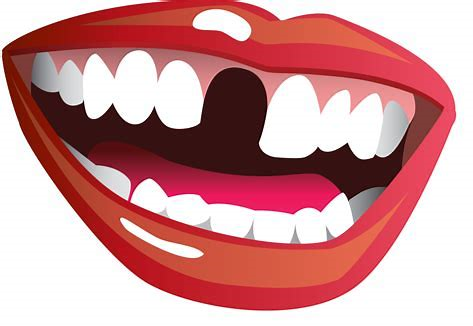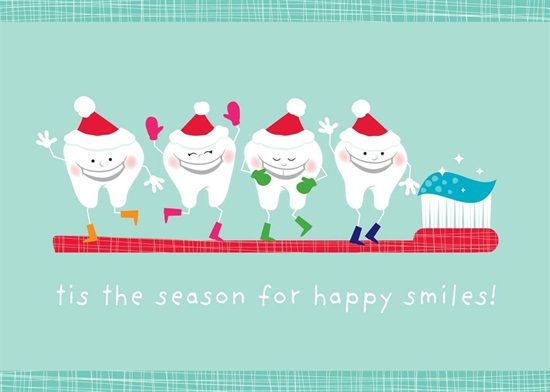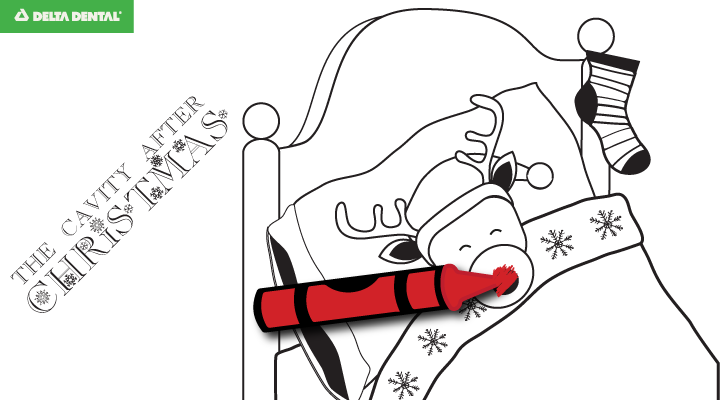What Causes Stain and How to Fix It?
August 5th, 2020
You’ve likely seen the commercials for at-home teeth whitening, or have seen a new teeth whitening product while scrolling through Facebook or Instagram. You may have even heard of teeth whitening services at your dentist office. No doubt, you’ve looked at your teeth and noticed they may not be as white as you would like them to be. You likely have an idea how to “fix” it, but do you know what causes teeth staining and how to prevent it? Our professional dental team is here to answer these, and more, of your questions about teeth staining.
What causes teeth staining? There are a few reasons for tooth discoloration including: food, drinks, smoking, stain-causing particles within the tooth enamel, and even simply aging.
How can I prevent teeth staining? Prevention is pretty easy when it comes to stained teeth. Avoid certain foods and beverages that stain your teeth, quit smoking, and keep up with good oral care routines including brushing twice daily, rinsing with mouthwash and flossing daily, chewing sugar-free gum between meals, and seeing your dentist at least twice a year.
What foods stain your teeth? Foods that are bright or bold in color are the most likely to stain your teeth. Red pasta sauces, berries such as blueberries and raspberries, and bright curries all can contribute to teeth staining.
What drinks cause teeth staining? Like foods, drinks with bold colors are most likely to cause teeth staining. Avoid red wines, coffee and tea, and even dark sodas. Daily consumption can darken your smile.
Does green tea stain your teeth? According to Colgate.com, teas of all colors erode enamel and have been shown to stain teeth- even white and green teas.
Do braces stain your teeth? Sometimes mild stains are visible once braces are removed, but it’s not the braces, it’s the way the teeth were taken care of while the braces were on. Follow the other suggestions for preventing stains, and avoid using whitening products while wearing braces so you don’t over whiten the area of your teeth surrounding the brackets.
Does charcoal help with teeth staining? Activated charcoal has been trending as its natural properties for removing toxins and odor have it showing up in everything from facial products to soaps to toothpaste. Our take on charcoal toothpaste? Not worth the negative side effects, and no proven results that it works.
Are all types of tooth stains reversible? There are three primary ways teeth are stained: surface stains; under the surface stains; and age-related stains. All three can benefit from teeth whitening processes.
Ok, so now you may be telling yourself, I know the culprit of my stained teeth and I think I’m ready to brighten my smile. What do I need to know about teeth whitening?
How do I know if I need teeth whitening? If you feel your teeth could be more white, talk to your dentist about whether or not they recommend the treatment. The condition of your teeth, as well as the cause of the stains, will help your dentist determine your best options.
Do whitening products really help with teeth staining? There are a variety of teeth whitening products available that offer different results, pros and cons, and pricing. Learn more about the teeth whitening options for you by talking it over with your dentist.
When is the best time to do teeth whitening? You’ll need to make sure you’re teeth are free from decay, so the best time to start teeth whitening is after a teeth cleaning.
Is teeth whitening permanent? No, teeth whitening processes are not permanent. You may need additional future treatments, or can choose to limit the cause of your stains to prolong the whitening effects and prevent stains.
Are there any side effects to teeth whitening? Some patients may experience sensitivity with their teeth after a treatment to reverse teeth staining. Over or misuse of whitening products can damage enamel and cause permanent discoloration.
How much does teeth whitening cost? It depends; over-the-counter teeth whitening can be less than $50, while professional teeth whitening done at the dentist’s office can cost a couple hundred dollars or more.
You had questions, we had answers. Now that you’re armed with information, you will be better able to prevent and address teeth staining.
Concerned about teeth staining? Want a brighter, whiter smile? We can help!

